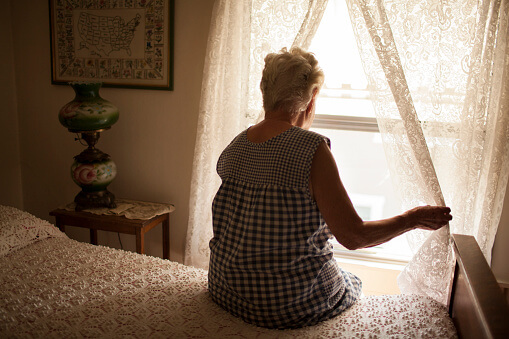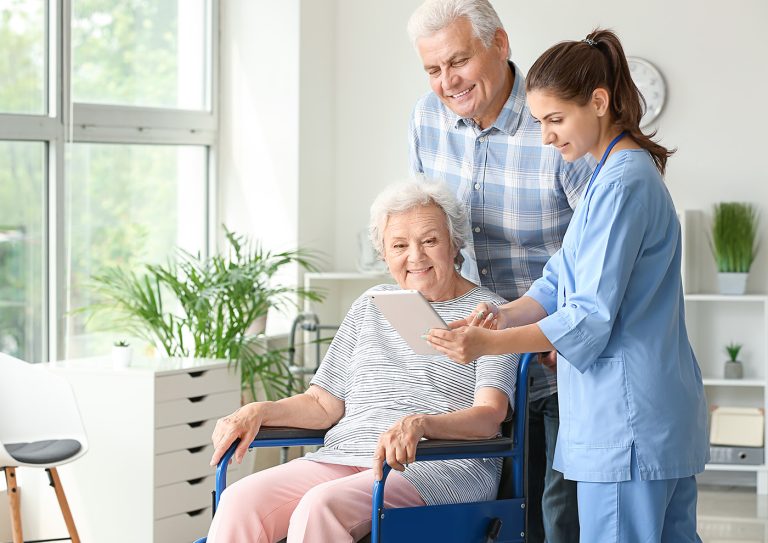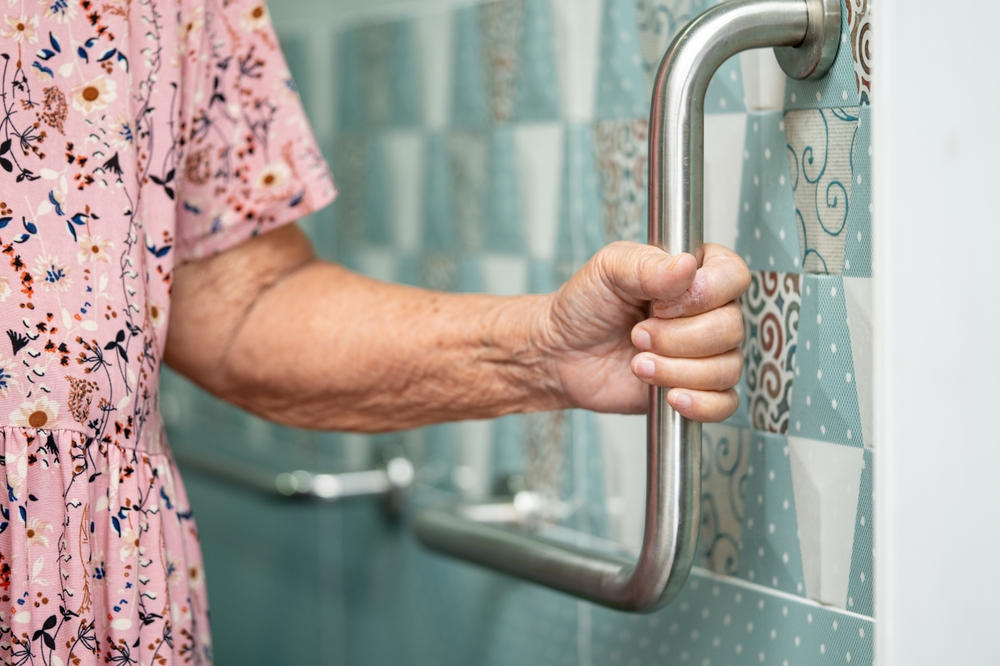As our loved ones grow older, ensuring their safety becomes a paramount concern. One of the most critical aspects of elderly care is fall detection and maintaining senior confidence. With advancements in technology, we are now equipped with tools that significantly enhance safety and provide peace of mind for both seniors and their families. In this article, we will delve into how modern solutions are transforming elderly care by improving fall detection and boosting senior confidence.

The Importance of Fall Detection
Falls are a major risk for seniors, often leading to serious injuries and a loss of independence. According to the CDC, falls are the leading cause of injury-related deaths among the elderly. This statistic underscores the importance of implementing effective fall detection systems.
How Fall Detection Works
Fall detection technology typically involves sensors that monitor a senior’s movements. When a fall is detected, these systems can automatically alert caregivers or emergency services, ensuring a swift response. This technology is crucial in minimizing the time a senior spends without assistance following a fall.
Types of Fall Detection Systems
There are various fall detection systems available today, including wearable devices, in-home sensors, and smart home integrations. Each type offers unique features to cater to different needs. For instance, privacy-friendly solutions are gaining popularity among seniors who value their independence and privacy.
Boosting Senior Confidence
Beyond physical safety, maintaining senior confidence is vital for their mental and emotional well-being. Confidence can be significantly impacted by the fear of falling. By utilizing advanced fall detection systems, seniors can regain their independence and live more freely.
The Psychological Impact of Falls
Falls can have a profound psychological impact, leading to fear, anxiety, and depression. This can result in a reduced quality of life and reluctance to engage in physical activities. By alleviating the fear of falling through reliable detection systems, seniors can lead more active and fulfilling lives.
The Role of Technology in Building Confidence
Technology plays a crucial role in building senior confidence. Devices that offer real-time monitoring and instant alerts provide reassurance to seniors and their families. The knowledge that help is just a button press away or will automatically be alerted in the event of a fall can make a huge difference in a senior’s daily life.
Integrating Fall Detection with Daily Life
For fall detection systems to be truly effective, they must be seamlessly integrated into a senior’s daily routine. This involves choosing devices that are easy to use and provide accurate monitoring without being intrusive.
Wearables and Smart Home Technology
Wearables like smartwatches and pendants are popular choices for fall detection. These devices are designed to be worn comfortably throughout the day. Additionally, smart home technology, such as IoT sensors, can be installed in the home to monitor movements and detect falls without the need for wearable devices.
Choosing the Right Fall Detection System
When selecting a fall detection system, consider the lifestyle and preferences of the senior. Systems should be user-friendly and cater to specific needs. Consulting with healthcare professionals can also provide valuable insights into the most suitable options.
Ensuring Privacy and Security
While the benefits of fall detection systems are clear, it is important to address concerns regarding privacy and security. Seniors should feel comfortable with the technology they are using.
Privacy Concerns with Monitoring Systems
Privacy is a significant concern for many seniors. It is crucial to choose systems that respect privacy while providing necessary monitoring. Solutions that offer technology for independent living can strike a balance between safety and privacy.
Data Security
Data security is another critical factor. Ensure that the chosen fall detection system adheres to strict data protection standards to safeguard personal information.
Looking Forward: The Future of Fall Detection
As technology continues to advance, the future of fall detection is promising. Innovations in AI and machine learning are set to enhance the accuracy and efficiency of these systems.
The Impact of AI and Machine Learning
AI and machine learning can improve the precision of fall detection systems, reducing false alarms and ensuring that alerts are only sent when necessary. This not only enhances the reliability of the system but also provides peace of mind to users.
Expanding the Scope of Fall Detection
Future developments may also expand the scope of fall detection systems to include predictive analytics, identifying potential fall risks before they occur. This proactive approach could revolutionize elderly care, significantly reducing the incidence of falls.
Conclusion
The integration of fall detection systems into elderly care is a game-changer, offering safety and reassurance to seniors and their families. By choosing the right technology and addressing privacy concerns, we can empower our loved ones to live independently and confidently. As we look to the future, the possibilities for enhancing senior confidence through technology are endless, promising a safer and more fulfilling life for our aging population.

FAQ
What is fall detection?
Fall detection is a technology that uses sensors to monitor movements and detect falls, automatically alerting caregivers or emergency services when a fall occurs.
How do fall detection systems help seniors?
These systems provide immediate assistance in the event of a fall, reducing response time and ensuring that seniors receive the help they need quickly, which boosts their confidence and independence.
Are fall detection systems intrusive?
Many modern systems are designed to be non-intrusive, offering privacy-friendly solutions that respect the independence and privacy of seniors.
This article contains affiliate links. We may earn a commission at no extra cost to you.






